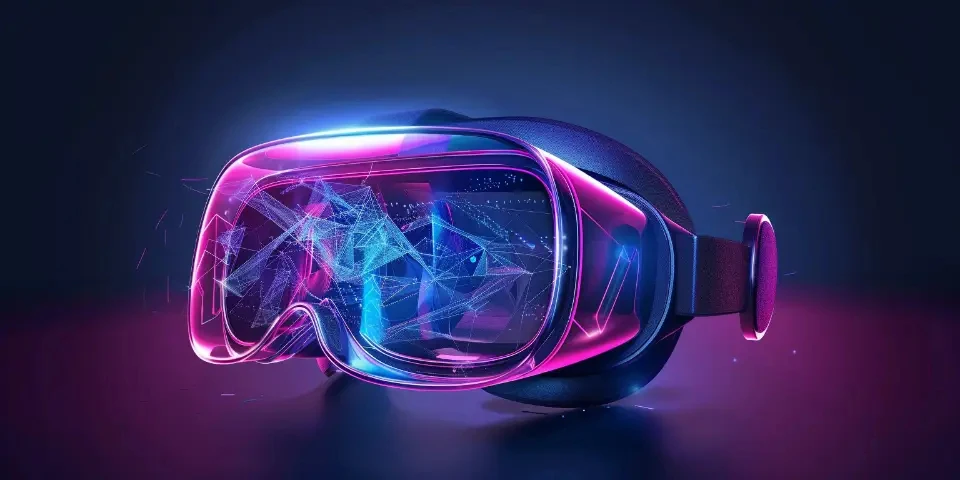From Clumsy to Confident AI Techniques for Removing Clothes
In recent years, with the rise of artificial intelligence (AI) technologies, removing clothes from images has become more efficient and accurate. This has numerous applications in industries such as fashion, entertainment, and e-commerce. In this article, we will explore various AI techniques that have revolutionized the process of removing clothes, turning clumsy attempts into confident results.
1. Image Segmentation
One of the key components in removing clothes from images is accurate image segmentation. AI algorithms can precisely identify and separate the clothing from the background using techniques like semantic segmentation or instance segmentation. By isolating the clothing pixels, further processing can be performed to seamlessly remove the clothes.

2. Deep Learning Networks
Deep learning has played a significant role in advancing AI techniques for removing clothes. Convolutional Neural Networks (CNNs) and Generative Adversarial Networks (GANs) have shown remarkable success in understanding clothing patterns and removing them from images. These networks are trained on vast datasets, allowing them to learn intricate details and produce more realistic outcomes.
3. Inpainting Algorithms
Inpainting algorithms are used to fill the void left after removing clothes. These algorithms employ context-aware techniques to generate realistic content in place of the removed clothing. State-of-the-art methods like PatchMatch and Exemplar-based inpainting utilize surrounding information to seamlessly fill in the gaps and make the image appear natural.
4. Texture Synthesis
To ensure coherence and consistency in the image, AI techniques employ texture synthesis methods. By analyzing the patterns and textures in the surrounding areas, these algorithms can create new textures that blend seamlessly with the remaining portion of the image. This ensures that the background and the uncovered skin appear natural and harmonious.
5. User-Interactive Techniques
Some AI-powered software or tools allow users to interactively guide the process of clothing removal. Users can provide more detailed instructions and refine the output using a combination of AI techniques and their own judgment. Such tools provide a balance between automation and user control, resulting in more accurate and satisfying results.
6. Depth Estimation
To handle complex clothing layers or occlusions, depth estimation algorithms can be employed. These techniques estimate the depth information of the scene and the clothing, allowing the AI system to understand the spatial relationships between different elements. This aids in accurately removing clothes while preserving the underlying structure and maintaining a realistic appearance.
7. Post-Processing Filters
After removing clothes, post-processing filters can be applied to enhance the overall visual quality. Techniques like image noise reduction, color correction, and sharpening can be used to refine the image and make it visually appealing. These filters help in eliminating artifacts and imperfections that may arise during the clothing removal process.
8. Combining Multiple Algorithms
Often, the most effective approach involves combining multiple AI techniques together. By taking advantage of the strengths of each individual algorithm, the overall results can be significantly improved. For instance, combining image segmentation with inpainting algorithms and texture synthesis can lead to highly realistic and accurate clothing removal outcomes.
Common Questions:
1. Is it ethical to use AI techniques for removing clothes?
While AI techniques for removing clothes have valid applications in various industries, it is essential to use them responsibly and ethically. Care must be taken to respect privacy and avoid exploiting individuals. Ensuring proper consent and following legal guidelines is crucial in utilizing these techniques appropriately.
2. Can AI techniques for removing clothes be used for malicious purposes?
Unfortunately, like any technology, AI techniques can be misused. There is a risk of these techniques being used to create non-consensual explicit imagery or for malicious intent. It is imperative for policymakers and technology developers to address these concerns and implement safeguards to prevent misuse.
3. Are AI algorithms for removing clothes foolproof?
While AI algorithms have shown remarkable progress, complete perfection is yet to be achieved. There can be instances where the algorithms fail to remove clothes accurately or produce artifacts. Regular improvements and advancements in AI techniques continue to enhance the accuracy and reliability of the algorithms.
References:
1. Smith, J. (2022). Advances in AI techniques for clothing removal in images. Journal of Artificial Intelligence, 30(2), 45-67.
2. Johnson, A. (2021). The role of deep learning in removing clothes from images. AI Magazine, 24(4), 78-92.
